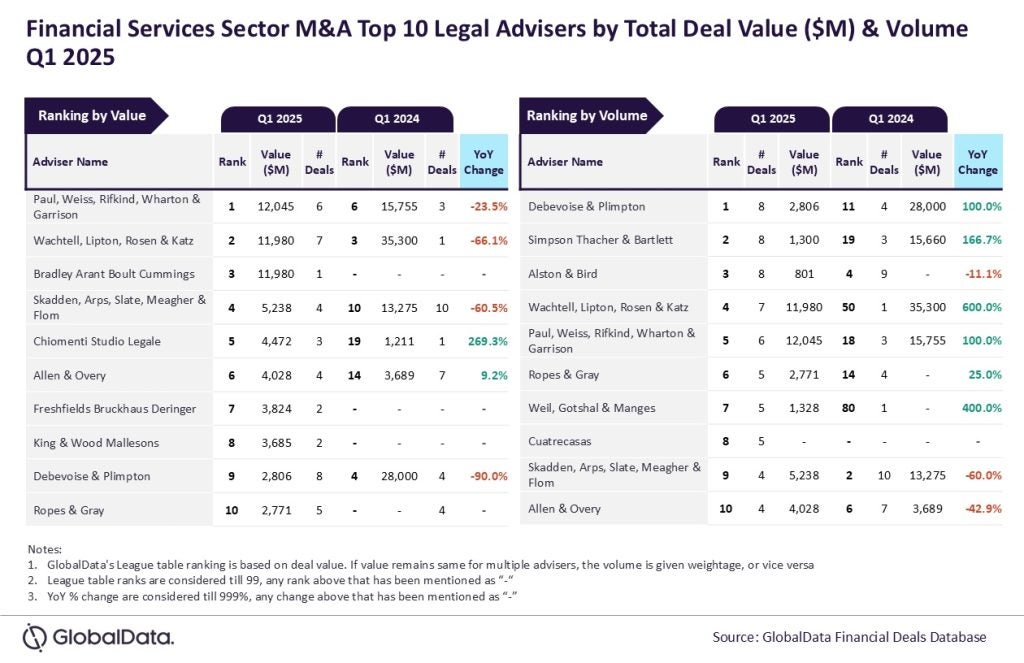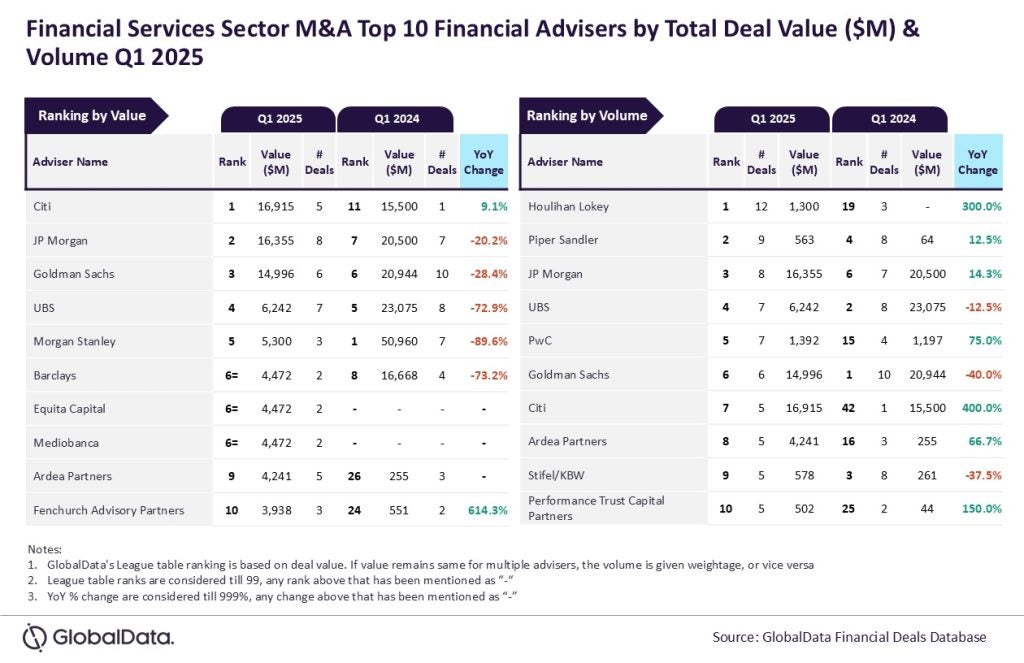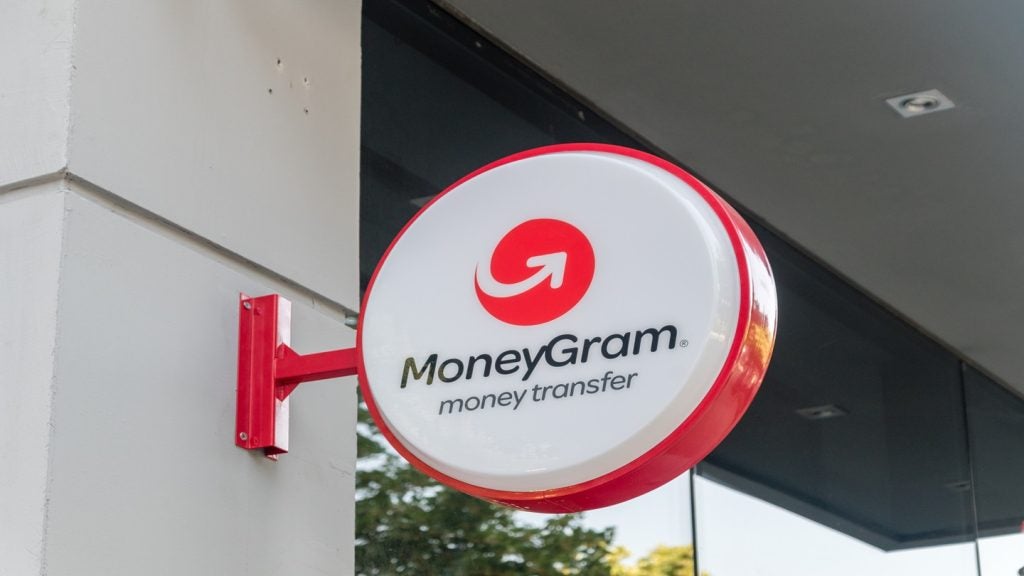BforBank is a new direct banking service offering
savings, pensions and investment products. André Coisne, BforBank’s
CEO, tells Douglas Blakey
he has set an ambitious target for its first year of up to 40,000
customers and total deposits of around €2 billion, a market share
of 2 percent in France
Aimed specifically at the wealthiest 20 percent of the French
market, BforBank is Crédit Agricole’s latest shot at increasing its
dominance of the country’s mass affluent and retail financial
services market. BforBank is a direct banking subsidiary offering
savings, pensions and investment products in a direct challenge to
established online subsidiaries operated by its main retail banking
rivals.
Owned 85 percent by Crédit Agricole’s regional banks with the
remaining 15 percent held by the group’s parent, BforBank will go
head-to-head with BNP Paribas’ Cortal Consors, Boursorama Banque
(Société Générale), Fortuneo (Credit Mutuel) and ING Direct France,
all chasing a slice of the country’s annual net savings pie of €100
billion ($147 billion).

Unlike ING and Boursorama, BforBank will not
offer personal loans, debit or credit cards. It is also not quite
starting from scratch: in July, it finalised a deal to buy CPR
Online, a move which added stock market expertise to the product
line-up as well as 9,000 customers who will have access to the
site’s services from the first half of 2010.
According to André Coisne, BforBank’s CEO, the
new bank can break even within four years of its online debut on 8
October. Speaking in the week of its launch, he told RBI the bank
would target a market share for savings of around 1.5 percent to 2
percent and customer numbers of 30,000 to 40,000 per year.
“While this is a segment of the market which
has existed for 10 years, the objective for BforBank is to
differentiate itself in the market in a number of ways,” said
Coisne.
In particular, Coisne said, it will serve
clients who are willing to manage their savings and investments
themselves, an outlook evident in its advertising tagline: ‘my
banker is me’. Differences in marketing strategy are also apparent
with Crédit Agricole targeting a more mature and wealthier segment
of the market than that associated with some of the established
direct banking players.
With a low minimum account balance requirement
(€100) and an upper ceiling of €4 million, BforBank will cross the
mass-market, mass-affluent and affluent sectors, but Coisne has
strong views on the bank’s ideal customer segment.
“The type of audience we will try to attract
will typically have around €50,000 in savings,” said Coisne. “We
think that those with few savings will have little need for the
type of products we will offer but at the other end of the income
scale, I think we will attract some very wealthy customers although
we will offer no real estate advice.”
Having led direct banking pioneer ING Direct’s
French roll-out in 2000, Coisne is well placed to drive forward a
direct banking launch. He has been working on the BforBank project
since joining Crédit Agricole from the Dutch lender last year, by
which time ING Direct France had signed up over 700,000 customers
with total deposits of €14.5 billion.
“The plan has been to offer savings accounts
from day one but create a difference by investing in online tools,”
Coisne added.
In addition to a savings account offering a
competitive 2.5 percent interest rate, BforBank offers an interest
rate comparison service comparing its rate with what is on offer
from its major rivals. It also has what it terms a savings
“encyclopaedia”, comprising several hundreds articles on asset
management, interviews and video conferences with experts.
He added: “We will also have promotions and
aggressive pricings from time to time.”
Coisne is, however, at pains to stress that
the bank is not merely going to compete on price; nor will its
profitability be founded on a low-cost strategy offering a
simplified product range and better value for money.
“We will compete on service and offer a
customer experience not available from our rivals,” he said. “A
comprehensive customer service department will be available six
days a week while private banking advisers are on standby for more
technical information regarding asset management.”
By the end of October, the product range will
extend to include an online fund supermarket in addition to life
insurance and the savings proposition. Customers will pay no
joining or management fee to join the service, BforBankVie, which,
under guidance by Dolcea Vie, a subsidiary of Crédit Agricole
Assurances, will include around 50 funds.
Coisne added that customers will be able to
track the performance of their investments or adjust their
investments at any time.
Egg on its face?
The last high-profile direct banking
launch in France, by UK online bank Egg, failed to penetrate the
market. When it went online in 2001, it predicted it would be
profitable by 2004 and attract one million customers. By 2004,
never having reported a profit, it was acquired by Coisne’s ING
Direct France unit.
While he is upbeat about BforBank’s prospects
and has set ambitious short-term targets, the increasingly
competitive nature of the French direct banking market was
highlighted by ING Direct France’s full-year results for 2008, when
it reported profits before tax of €30 million, down from €46
million in 2007.







